Forget Tea Bags: The Real Secret to Incredible Orange Tea is in the Peel
My first real lesson in orange tea didn’t come from a box. It was in the stockroom of a small café, where a veteran tea blender I was training under handed me a gnarled, dark brown orange peel. It looked like a fossil. “Smell it,” he said. It wasn’t the zesty, sharp scent of fresh fruit; it was deep, sweet, and complex, with hints of wood and spice. That was my introduction to aged citrus peel, and honestly, it changed the game for me forever.
In this article
For years now, I’ve been the person behind the scenes, creating custom tea blends for restaurants and teaching people the difference between dropping a sad orange slice into hot water and properly brewing its essence. So many people think orange tea is just… orange-flavored water. But crafting a genuinely balanced, aromatic cup is a skill. It’s about understanding your ingredients and what makes them tick.
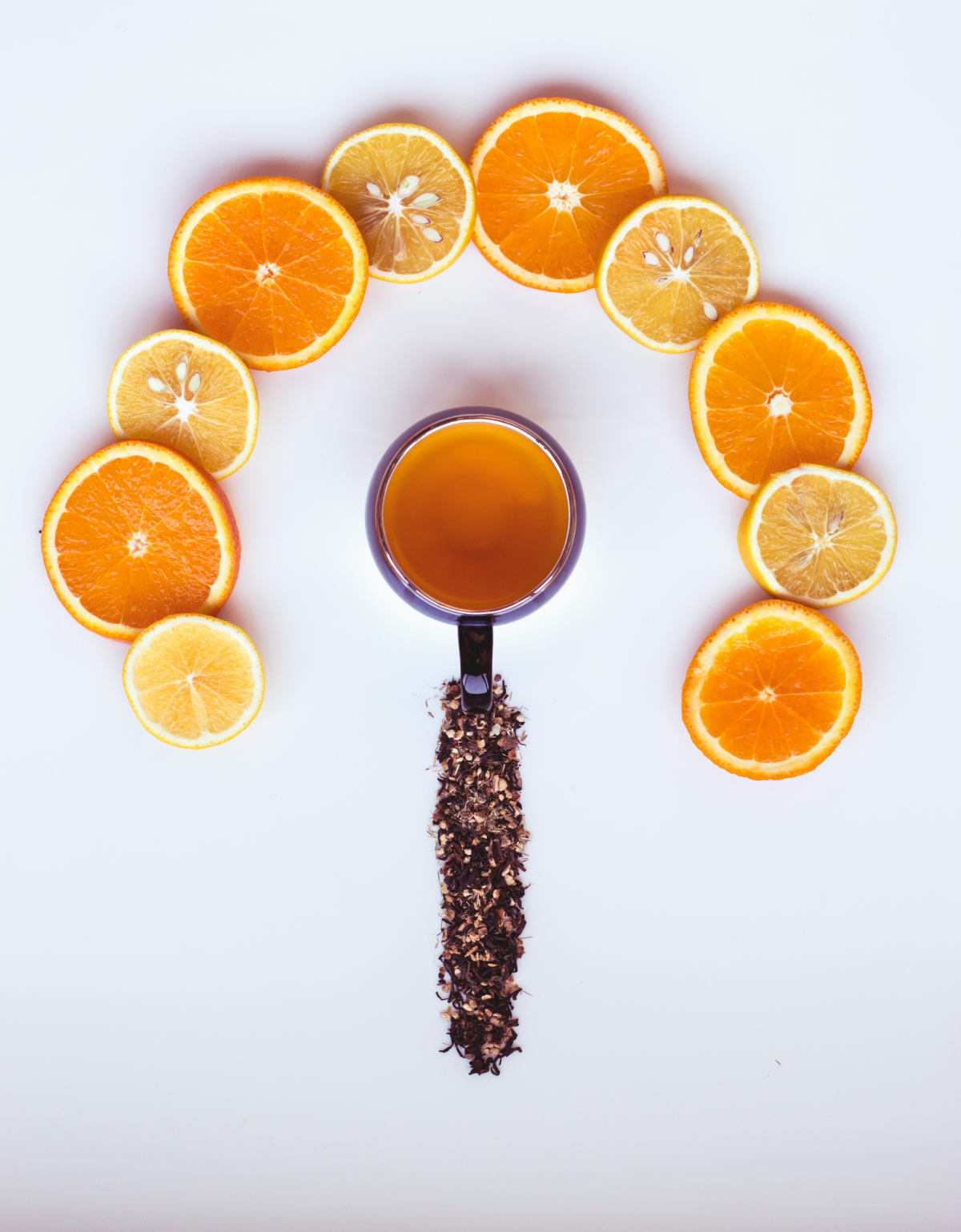
This guide is my brain dump of everything I’ve learned. We’re going to get into the nitty-gritty of why things work, how to pick the best ingredients, and the actual techniques the pros use to get consistent, amazing results. No fancy, unattainable tricks here—just the solid fundamentals that make all the difference.
Your First Big Upgrade (Do This Today!)
In a hurry? Here’s the single best thing you can do to improve your orange tea right now: stop using the whole slice. The flavor you’re after is in the oily, colored part of the peel, not the watery pulp or bitter white pith. Just use a vegetable peeler to get a wide strip of the peel (try to avoid the white stuff underneath), drop that in with your tea, and brew as normal. It’s a 10-second change for a tenfold improvement in flavor. Seriously.
What’s Actually Happening in Your Cup?
Okay, let’s get a little geeky for a second, because understanding what’s going on in the teapot is how you gain control. Brewing is just chemical extraction. With orange tea, you’re pulling out compounds from two different sources, and they don’t always play nicely together without a little guidance.
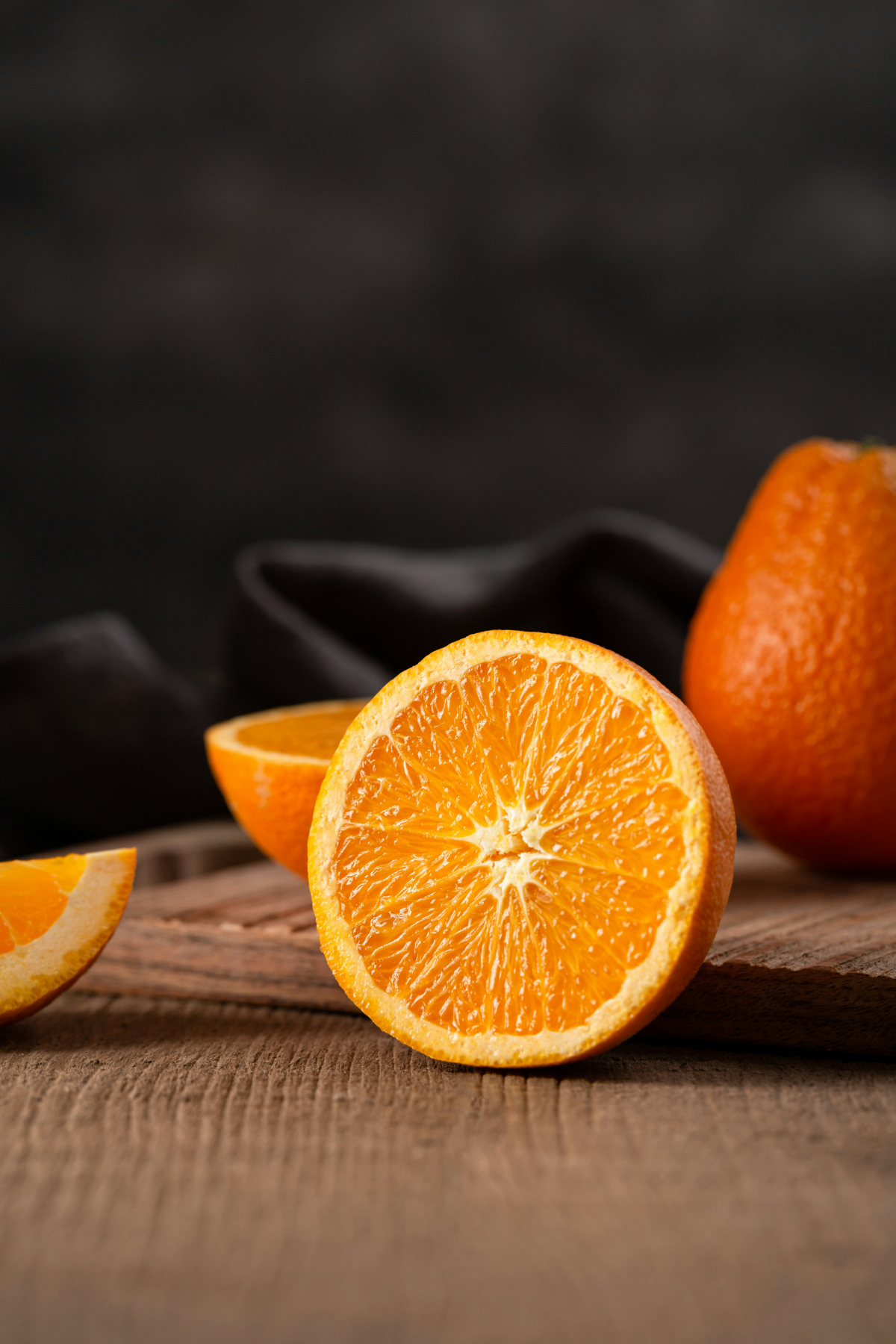
The magic is almost entirely in the peel—the colorful outer layer called the flavedo. This is where the oil glands live.
- The Good Stuff (Oils): The main compound here is limonene, which gives you that classic, bright citrus scent. It’s a volatile oil, meaning it escapes quickly with heat. That’s why timing your infusion is so crucial for a fresh, zesty flavor.
- The Sour Stuff (Acid): The juice and pulp contain citric acid, which provides tartness. A little bit can brighten a tea, but too much makes it sour and can curdle milk if you add it. It’s also the culprit behind cloudy iced tea.
- The Bitter Stuff (Pith): That white, spongy layer under the peel is called the pith. It’s loaded with a compound called naringin, which is incredibly bitter. A common mistake I see all the time is getting too much pith in with the zest. If your homemade tea tastes harsh, this is probably why.
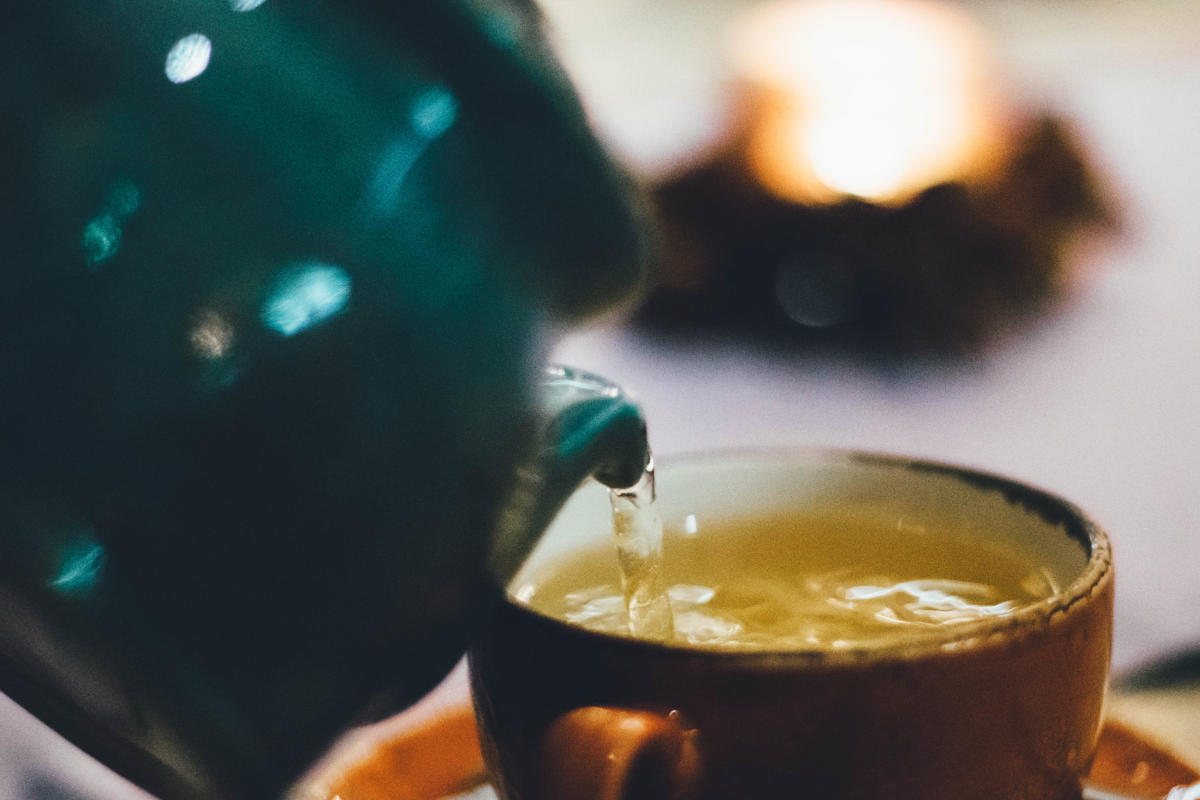
Temperature is Your Volume Dial
Water temperature is your main tool. I learned this the hard way when I torched a beautiful, delicate green tea with boiling water. It was a bitter, tragic mess.
Boiling water (212°F / 100°C) is perfect for robust black teas or woody herbals like rooibos. It’s aggressive enough to pull all the deep flavors out and extract those wonderful oils from the orange peel.
Lower temps (around 175-185°F / 80-85°C) are essential for green teas. This range extracts the sweetness and floral notes without yanking out all the tannins that cause bitterness. A quick tip for beginners: if you don’t have a variable-temp kettle, just boil the water, take the kettle off the heat, and let it sit with the lid off for about 2-3 minutes. That’ll get you pretty close to the right temperature range.
And by the way, that rumor about vitamin C? Let’s be realistic. While oranges are packed with it, Vitamin C is famously sensitive to heat. A lot of it degrades the moment it hits hot water. You’ll get a little, sure, but the real benefit here is the incredible flavor and the soothing ritual. Don’t brew tea thinking it’s a replacement for eating a fresh orange.
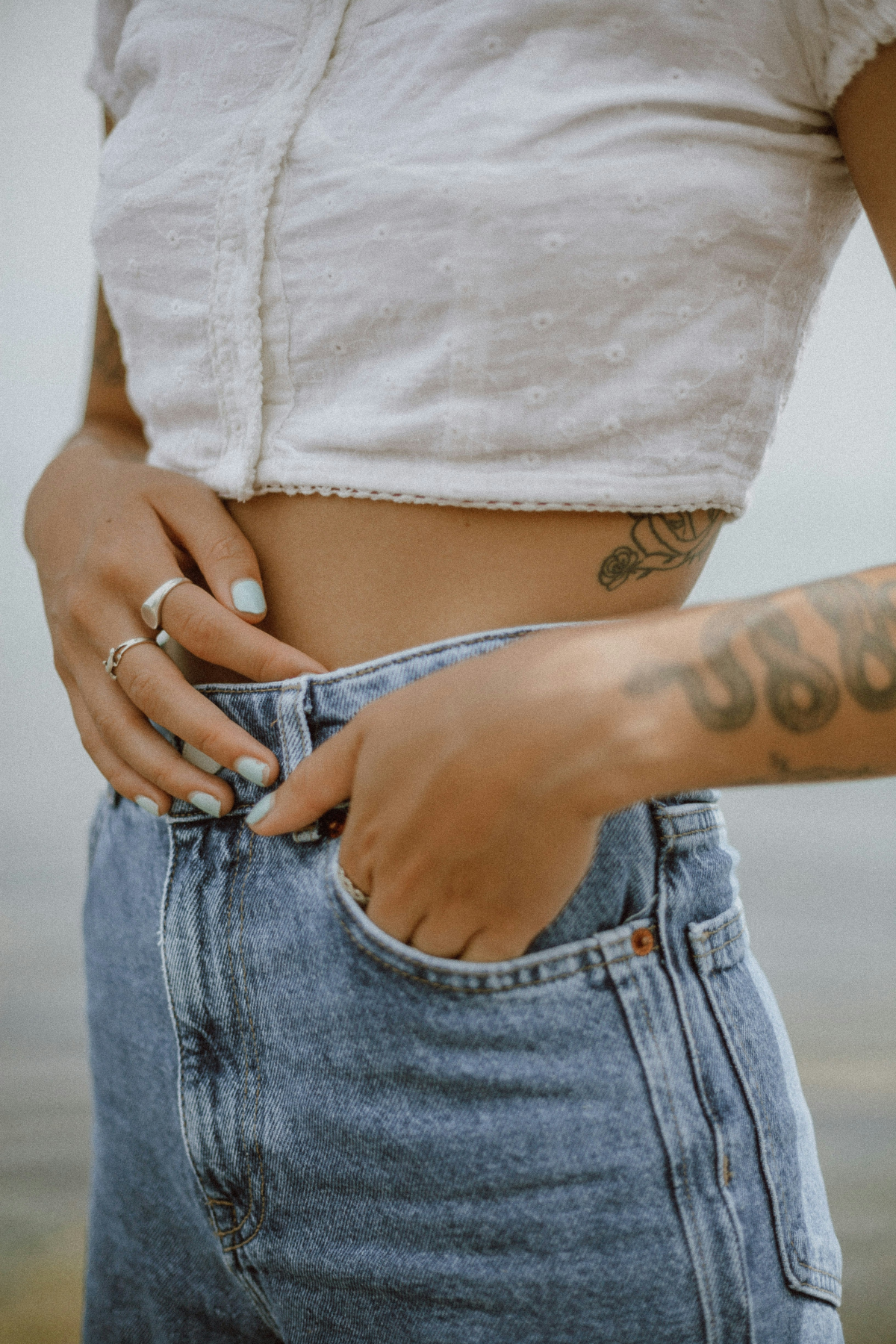
Good Tea Starts With Good Ingredients
You can’t make a masterpiece with cheap paint. The same rule applies here. Your final cup is only ever going to be as good as the fruit and tea leaves you start with.
Picking the Right Orange for the Job
Heads up! This is probably the most important safety tip in this whole guide. Conventionally grown oranges are often coated with wax and pesticides, which concentrate right on the peel. Since the peel is our star player, you really want to use fruit that’s safe to brew. I always, always use certified organic oranges. They’re a bit pricier, maybe $3-4 a pound versus $1-2 for conventional, but it’s worth it for peace of mind. If you can’t get organic, at least find unwaxed ones and give them a serious scrub with a stiff vegetable brush under warm running water for a good 30 seconds.
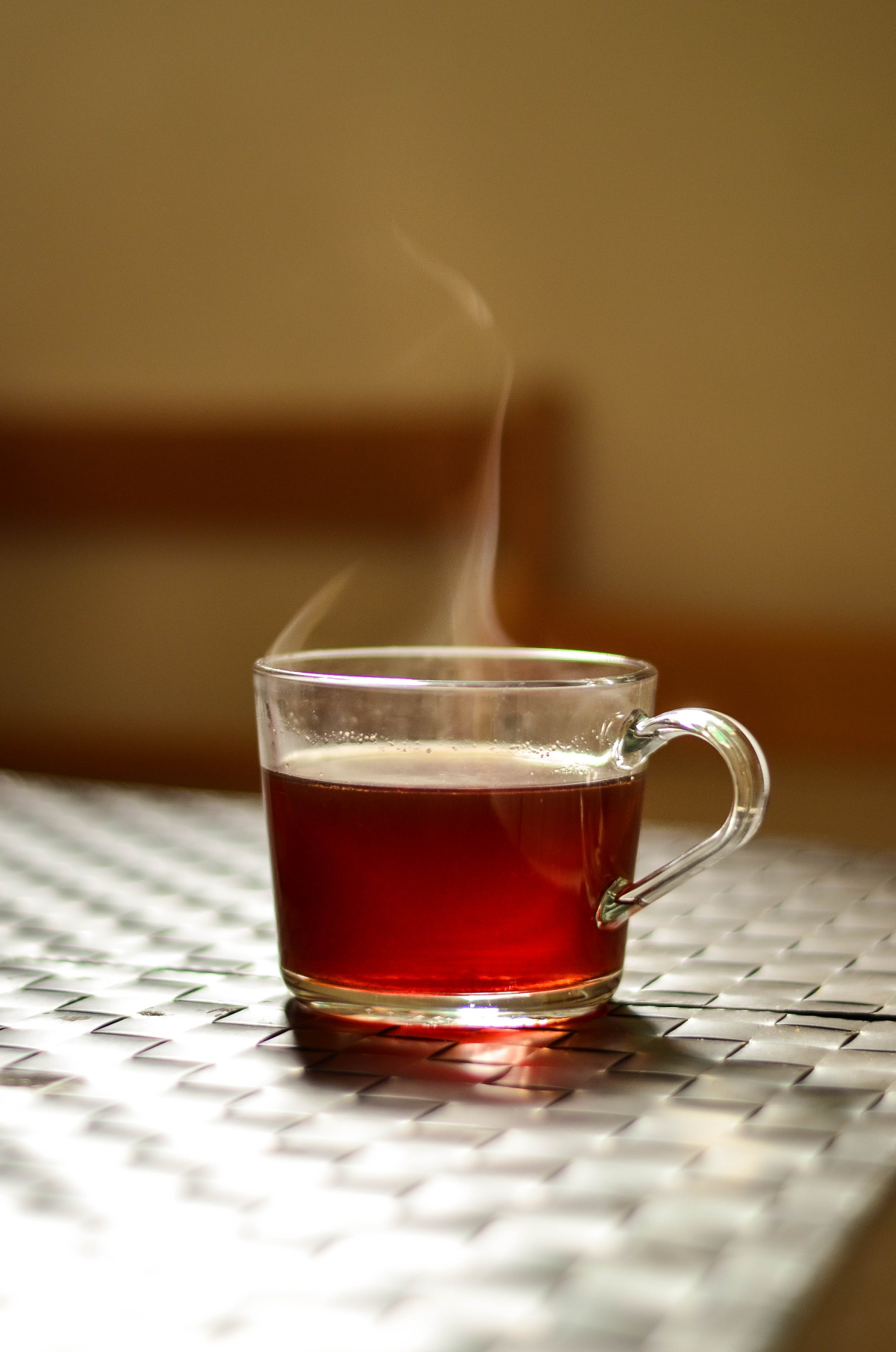
As for which orange to choose, they all bring something different to the party:
- Navel Oranges are your dependable workhorse. They have a thick, oily peel that’s easy to zest and a classic, sweet orange flavor. They’re also seedless, which is a nice bonus.
- Valencia Oranges are known for their juice but have a great peel, too, with a nice balance of sweet and tart notes.
- Blood Oranges are my personal favorite for something special. The peel has this incredible raspberry-like note to it, and the juice adds a stunning ruby blush to your cup.
- Seville Oranges are the bitter ones used for marmalade. You have to be careful here. Their peel is intensely fragrant and complex, almost floral. A tiny sliver of the zest can add a sophisticated edge to a black tea, but too much will be overpowering. Use with caution!
Choosing Your Tea Foundation
The tea should be a partner to the orange, not a competitor. A good quality loose-leaf tea will run you anywhere from $10 to $20 for a 100g tin, which will last you for dozens of cups. Here are some of my go-to pairings:

- Black Teas: A strong black tea is the classic choice. A bright, crisp Ceylon creates a super refreshing brew, while a malty, rich Assam is perfect for a cozy, warming cup, especially with spices like cinnamon.
- Green Teas: Remember to use that cooler water! A grassy Japanese Sencha gets a beautiful, bright lift from orange zest. A bolder, slightly smoky Chinese Gunpowder green tea provides a fantastic contrast to the sweet fruit.
- Herbal Options (Caffeine-Free):Rooibos is a natural fit. This South African herb is already sweet with vanilla notes that just sing with orange. Plus, it’s impossible to over-steep—it never gets bitter. Chamomile is another great choice for a calming evening tea, as its floral, apple-like flavor pairs gently with citrus.
Three Ways to Brew Like a Pro
These are my three core methods, ranging from a quick single cup to a blend you can make in bulk. I use all of them depending on the situation.
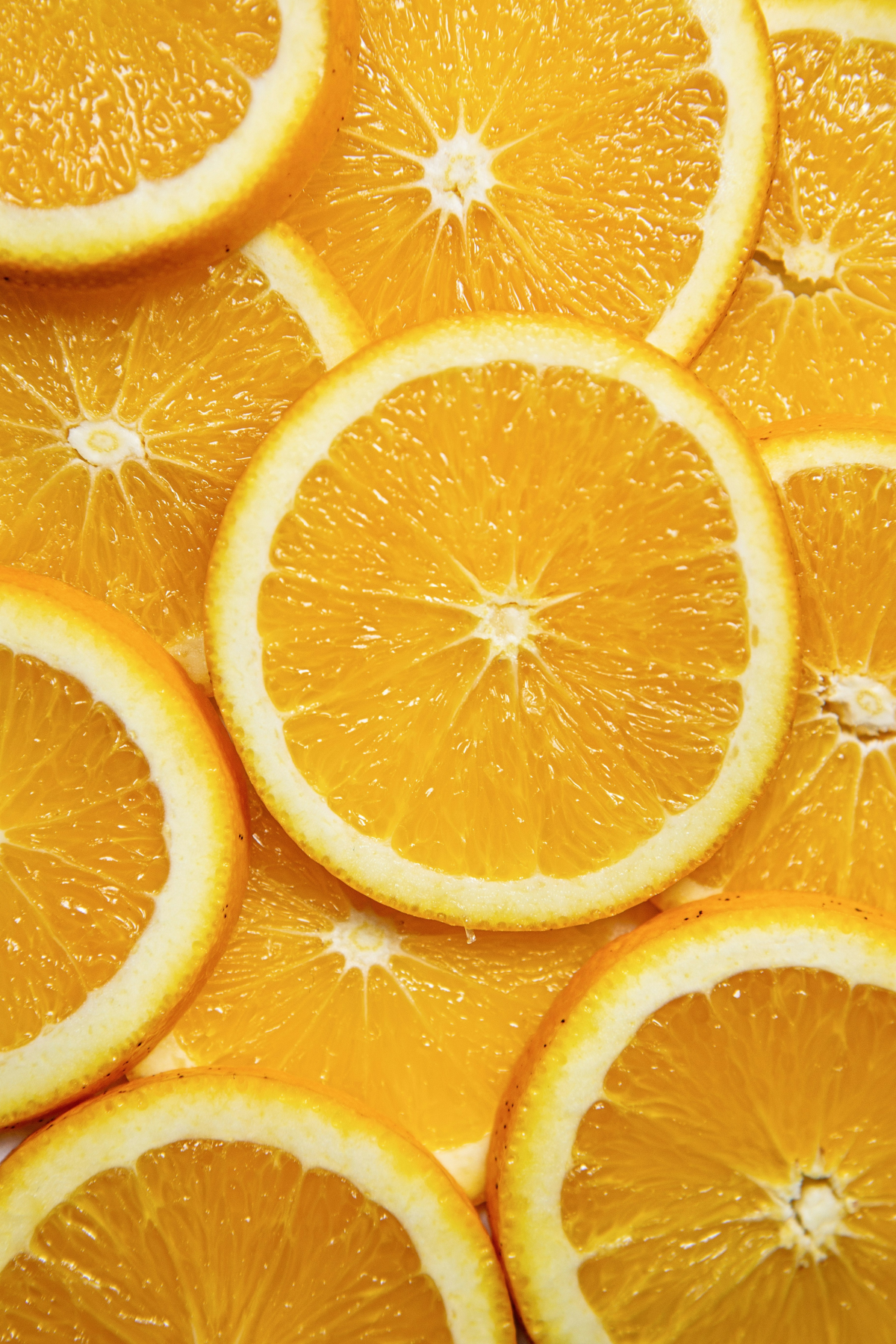
Method 1: The Quick & Zesty Infusion (Beginner)
This is my go-to for a fast, incredibly aromatic cup. Perfect for when you just want one mug.
You’ll need: An organic orange, 1 tablespoon of loose tea, about 1.5 cups of water, a strainer, and a zester. If you don’t have a microplane zester, no sweat. Just use a vegetable peeler to get a few wide strips of peel, then finely mince them with a knife.
The technique is simple: 1. Get about a teaspoon of fine zest from your orange, making sure to avoid that bitter white pith. 2. Heat your water to the right temp for your tea. 3. Put the tea and the fresh zest in your pot or infuser and pour the hot water over top. 4. Now, set a timer! Steep for 3-5 minutes for black tea or 2-3 for green. Any longer and you’re just inviting bitterness. The orange flavor is already there. 5. Strain and enjoy. The aroma should be incredible.

Method 2: The Deep-Flavored Dried Peel Blend (Intermediate)
This is how you make a shelf-stable blend for yourself or for gifts. Drying the peel concentrates and deepens the flavor.
First, dry your peel: Use a peeler to get pith-less strips from an organic orange. Chop them into small, quarter-inch pieces. Spread them on a baking sheet and pop them in the oven at its lowest setting (usually 170-200°F) for an hour or two until they are completely brittle and snap, not bend. A food dehydrator also works great. Let them cool completely before storing them in an airtight jar. Properly dried, they’ll last for months.
To make the blend, a great starting ratio is 4 parts tea to 1 part dried orange peel by weight. So, for a nice little batch, you could mix 40g of black tea with 10g of your dried peel. Give it a good shake in a jar and let it sit for a few days so the flavors can meld. This 50g blend will make you about 15-20 cups of tea. To brew, just use one tablespoon of the mix per cup.
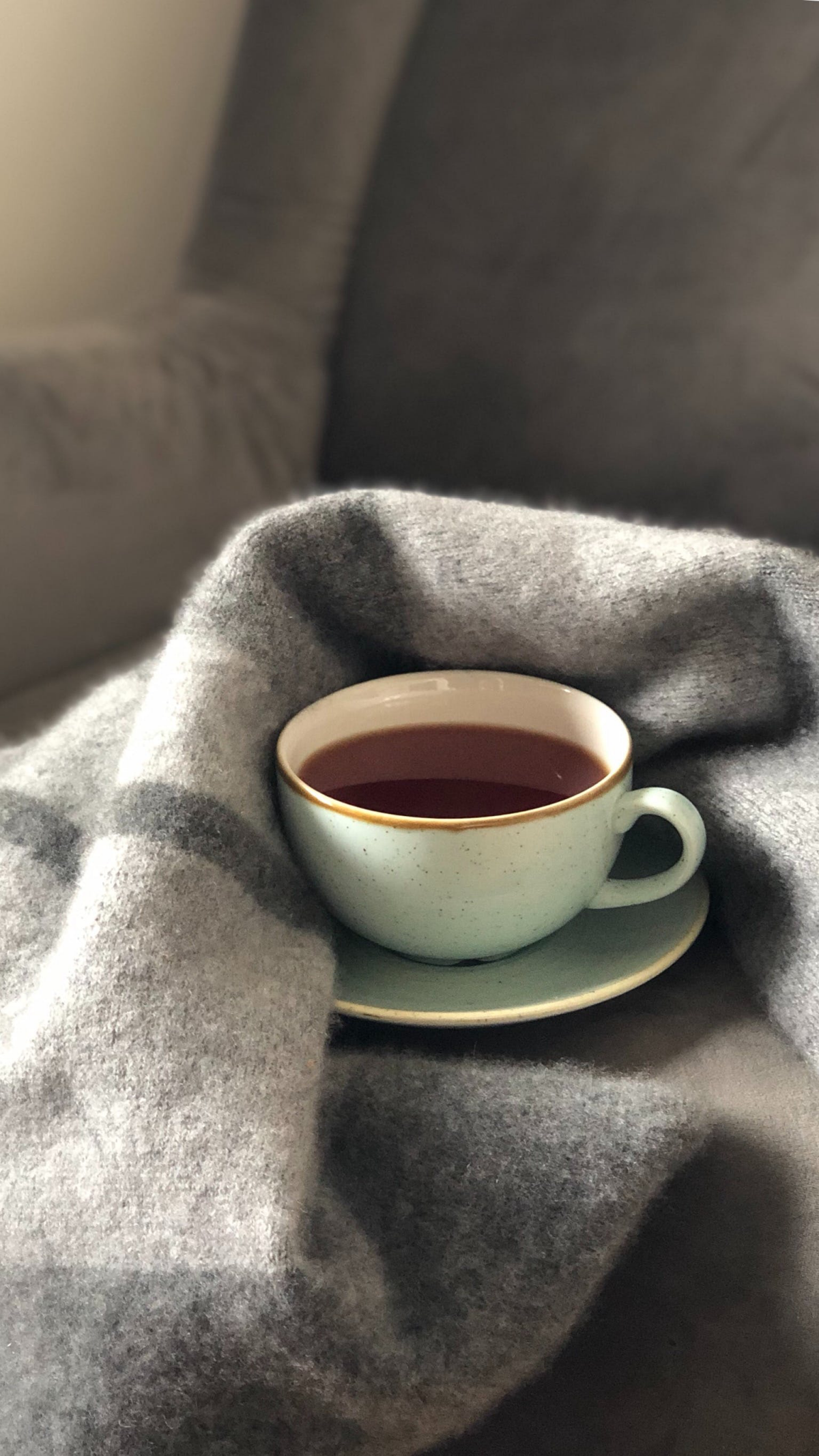
Method 3: The Aged & Stuffed Orange (Advanced)
Okay, this one is special. It’s a traditional preparation where ripe Pu-erh tea is stuffed into a hollowed-out green mandarin and then aged. The result is pure magic. Over time, the bright citrus peel transforms, infusing the earthy tea with a deep, sweet, almost medicinal fragrance.
This isn’t really a DIY project because the aging process is complex, but you can buy them. Look for them at specialized online tea shops. They can be a bit of an investment, usually running between $25 and $60 for a single orange depending on its age and quality, but one orange lasts a long time. To brew, you just use a small knife to break off a chunk of the peel along with some tea from inside (about 5-7 grams total is a good start). Give it a quick 5-second rinse with hot water (and toss that water), then start steeping in short bursts of 20-30 seconds. The flavor evolves with each infusion, moving from bright citrus to deep, sweet earth. It’s an incredible experience.
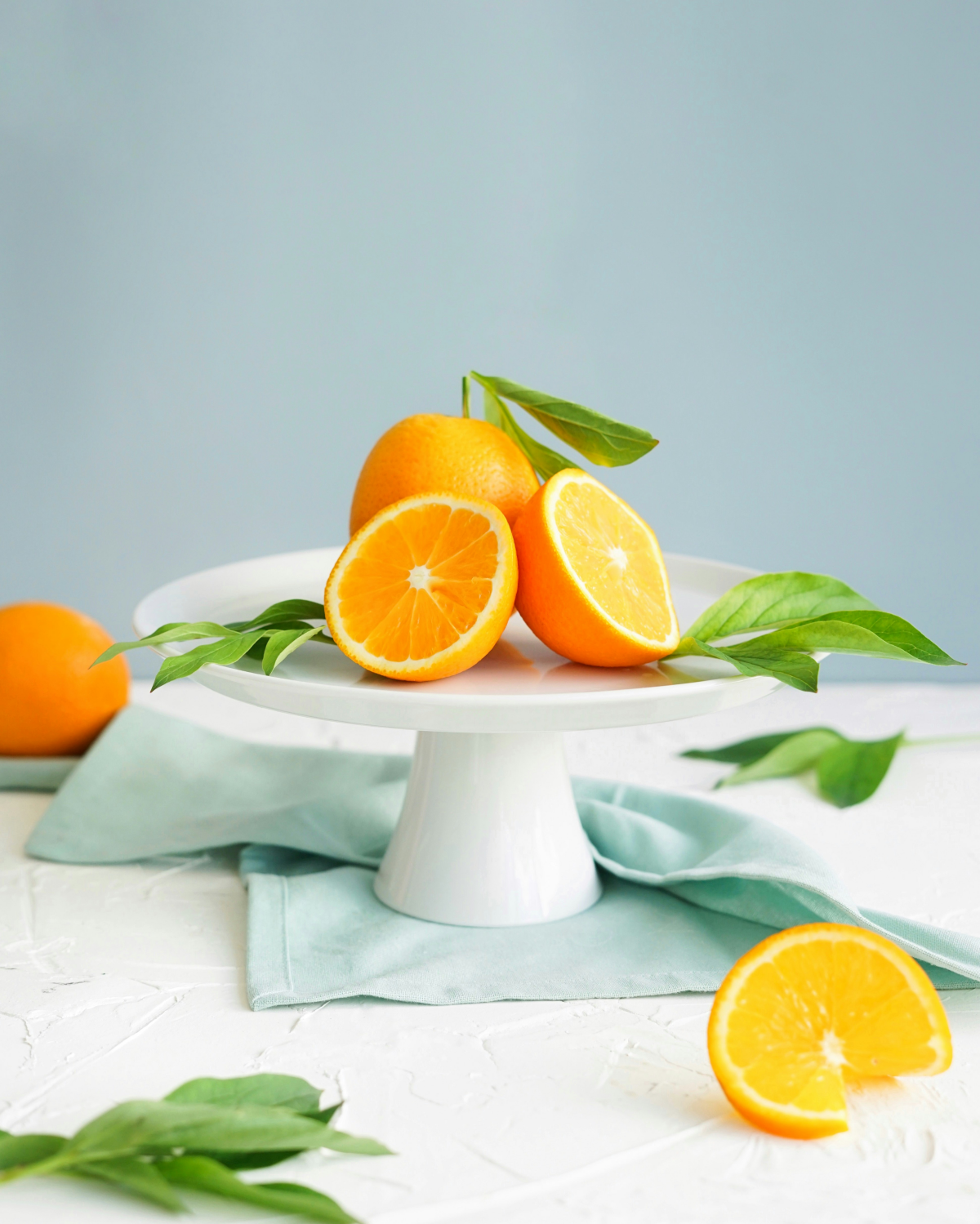
Blending & Fixing Common Mistakes
Once you’ve got the basics down, the real fun begins. A good starting point for your own custom blend is about 70-80% tea base, 15-25% dried orange peel, and 1-5% for an accent flavor, like cinnamon chips, star anise, cloves, or even floral notes like hibiscus.
And let me tell you, keep a notebook. I have pages of failed experiments. One time, I tried to blend orange with a super smoky Lapsang Souchong tea. The result tasted like a burning orange grove… and not in a good way. Every experiment teaches you something!
Quick Troubleshooting:
- If your tea is bitter: Your water was too hot, you steeped it too long, or you got pith in the mix. Use a timer and be careful with that peeler!
- If your iced tea is cloudy: This is a cosmetic issue caused by tannins clumping together when cooled too fast. The fix? Let the brewed tea cool to room temperature on the counter before putting it in the fridge.
- If the orange flavor is weak: You’re not using enough peel, or your dried peel is old. If your dried peel smells like dust, it’s time to make a new batch. Be more generous with the zest!
Just a quick heads up: I’m a tea specialist, not a doctor. This is all for culinary enjoyment. A warm cup of tea can be wonderfully soothing, but if you have specific health concerns like acid reflux, it’s always best to check with a professional.
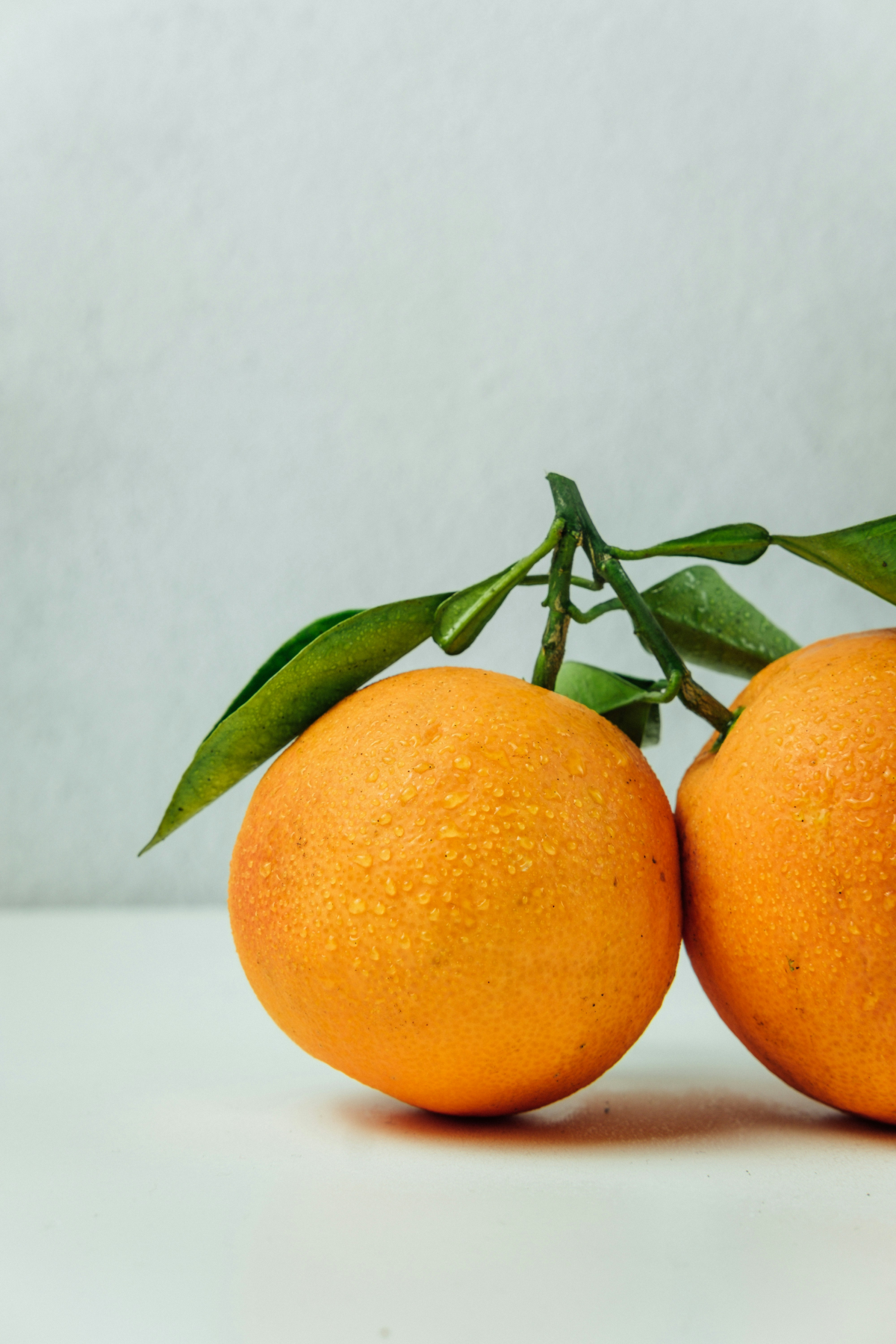
Store your tea blends in an airtight, opaque container away from the stove and any strong-smelling spices. The journey from a simple slice to a thoughtful blend is so rewarding. Pay attention to the ingredients, trust your own taste, and have fun with it. You’ve got everything you need to make an exceptional cup of orange tea.
Inspirational Gallery
Blood Orange Peel: Adds a beautiful rosy hue and a complex, berry-like sweetness. Fantastic for a more dramatic, evening tea.
Navel Orange Peel: Your classic, reliable choice. Delivers a bright, zesty, and straightforward orange aroma that’s perfect for a morning or afternoon pick-me-up.
For a first attempt, stick with Navel. For a little adventure, the Blood Orange is your star.
Did you know? The bitter orange (Citrus aurantium), not the sweet one we eat, was the first to be cultivated in the Mediterranean. Its intensely aromatic peel is the secret ingredient in liqueurs like Grand Marnier and the traditional flavoring for Earl Grey tea.
Create a truly decadent moment by pairing your homemade orange tea with a single square of high-quality dark chocolate (70% cacao or higher). The slight bitterness of the chocolate is cut by the bright acidity of the orange, while the tea’s warmth melts the chocolate on your tongue, releasing its complex fruity and roasted notes. It’s a simple, multisensory experience that elevates both.
Think orange only pairs with black tea?
Think again. The world of tea offers incredible pairings for your orange peel. Try it with South African Rooibos for a naturally sweet, caffeine-free infusion that highlights the orange’s candylike notes. Or, for a more sophisticated twist, a delicate Chinese White Tea (like Bai Mu Dan) will let the orange oil shine without being overpowered.
- A warm, spicy depth that complements the citrus brightness.
- A festive aroma that feels like a special occasion.
- Transforms a simple orange tea into a complex chai-like experience.
The secret? A
The forgotten ingredient: Water temperature. Boiling water (212°F / 100°C) is perfect for black tea and for extracting oils from the peel, but it will scald delicate green teas. If you’re using a green tea base, heat your water to just 175°F (80°C) to avoid a bitterness that will clash with the citrus.
Take your orange essence beyond the teacup by creating an orange tea simple syrup. Brew an extra-strong batch of your orange peel tea, using 2-3 peels per cup of water. While hot, dissolve an equal amount of sugar into the tea. Let it cool, and you have a fantastic mixer for iced teas, sparkling water, or even craft cocktails. An Old Fashioned made with orange tea syrup is a game-changer.
Over 30% of a citrus fruit’s weight is in its peel, which is often discarded.
Embrace a zero-waste kitchen. When you buy organic oranges for juicing, meticulously wash them first. Peel them before you squeeze, and you have a free, high-quality ingredient for your tea. The juice can be frozen in ice cube trays for later, and the peels can be used fresh or dried for a year-round supply.
While a standard vegetable peeler works well, true citrus aficionados often prefer a dedicated tool for the perfect peel. The goal is maximum oil-rich flavedo with zero bitter white pith.
- The Channel Knife: Creates long, thin, elegant twists perfect for garnishing a cup.
- The Y-Peeler: Brands like OXO Good Grips offer incredible control, allowing you to get a wide, paper-thin peel with minimal effort.
- Wash and peel your organic oranges.
- Lay the peels in a single layer on a baking sheet or dehydrator tray.
- Bake at your oven’s lowest temperature (around 170-200°F or 80-90°C) for 1-2 hours, until brittle.
- Let cool completely and store in an airtight jar.
Properly dried peels concentrate their flavor and will last for over a year, giving you access to amazing orange tea anytime.










